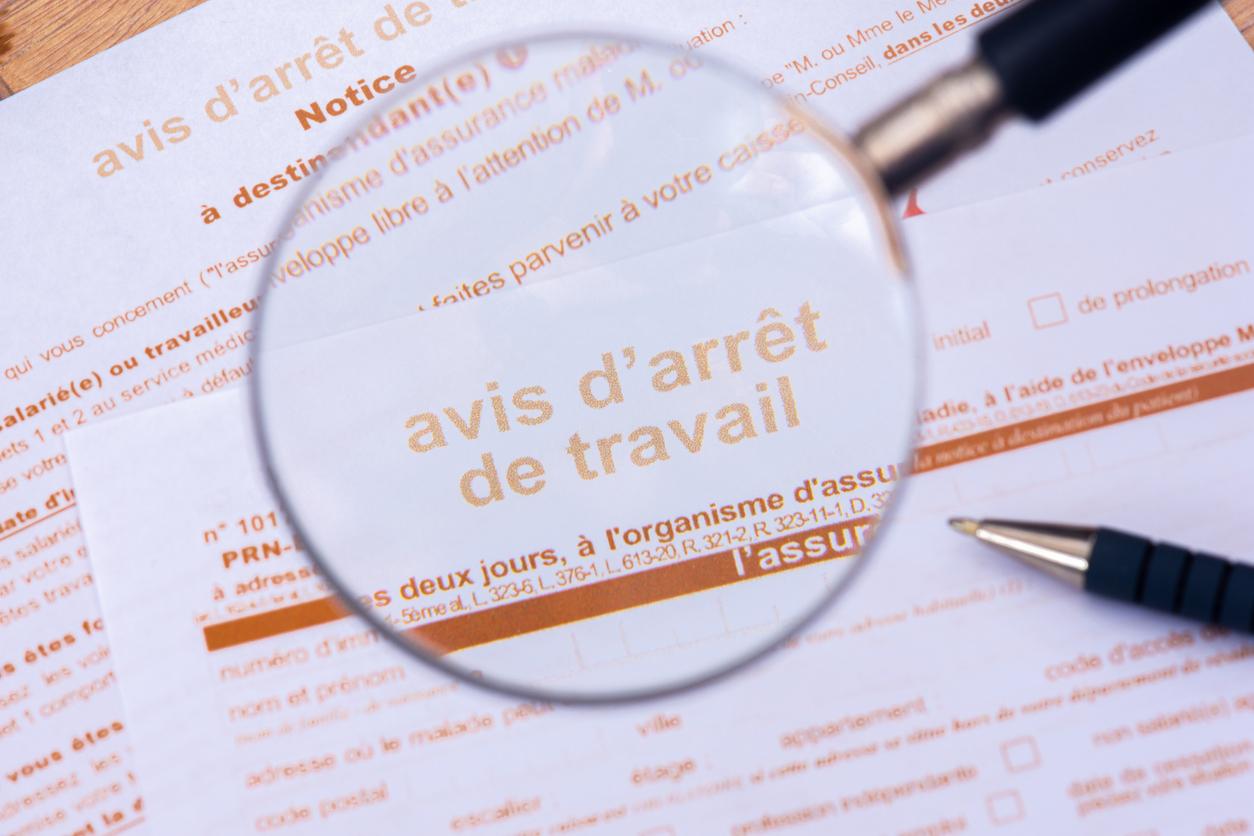9 out of 10 French people have had back pain at least once in their life. Pain that is costly to Health Insurance: it spent one billion euros in 2015.

The French have their backs full. According to an OpinionWay survey for Vexim (1), 90% of the population have already had to complain about their spine. In more than one in two cases, the pain is recurrent. Young people are not spared, since they are hardly less numerous than their elders to suffer.
Anti-inflammatory and analgesic drugs and gels: these are the preferred solutions for treating back pain. And if one in five French people choose to suffer in silence, 23% had to be arrested. Between care and sick leave, back pain weighs heavily on French finances.
A savings plan
1 billion euros: this is the bill caused by back pain in France. The major part of these expenses is related to the compensation for the sequelae (580 million) and the daily allowances (300-350 million). The coverage of care – physiotherapy, medication, medical consultations – appears only in last place. But the costs are high, and their share continues to increase in the health insurance budget.
Because if there are fewer accidents at work, low back pain is progressing steadily. They represent 19.1% of work accidents for the year 2015, against 13% a decade ago. Overall, one in five cases of back pain ends in sick leave. Among the suffering French, 6,700 must cease their professional activity for more than 6 months. It is these long interruptions that cost Social Security the most.
How to save? Health insurance is proposing, for 2017, to optimize the care pathway. Less costly imaging, not recommended in the acute phase, and more consultations with rheumatologists: these are some of the solutions put forward by the Cnam. She also believes that physiotherapists are too often called upon in the first four weeks, while the pain generally subsides within this time.
Indirect repercussions
Aside from these direct costs, low back pain also has indirect repercussions on the economy. In some European countries, they weigh up to 2% of gross domestic product (GDP). According to’Alma Consulting Group, which carried out a barometer on absenteeism, these indirect costs represent nearly 3% of the payroll, starting with contributions, provident insurance but also prevention.
At the general level of absenteeism, these indirect costs cause an additional expenditure of 15 billion euros. To which must be added the 45 billion euros in direct costs of the absence.

.
















